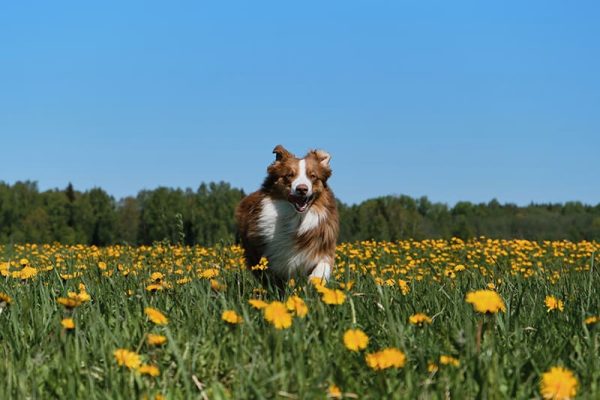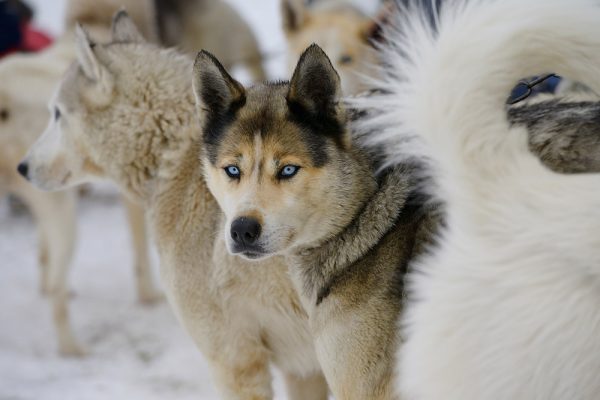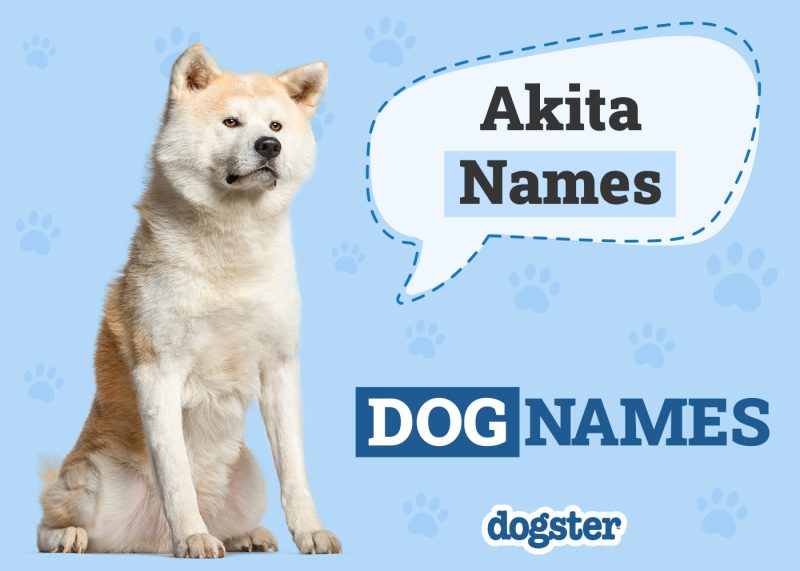One characteristic that is loved about Pomeranians is their soft fluffy coats, but what’s fascinating is that their coat was originally white until they were bred to be smaller and more colorful. Today, Pomeranians come in a diverse range of coat colors and patterns which are all recognized. Some are very common, while some are extremely rare, and some can be hard to differentiate as they are so similar.
If you are looking to adopt a Pomeranian or are just curious about how colorful these tiny fluff balls get, read on to learn about all the different Pomeranian colors you may find.

The 16 Pomeranian Colors
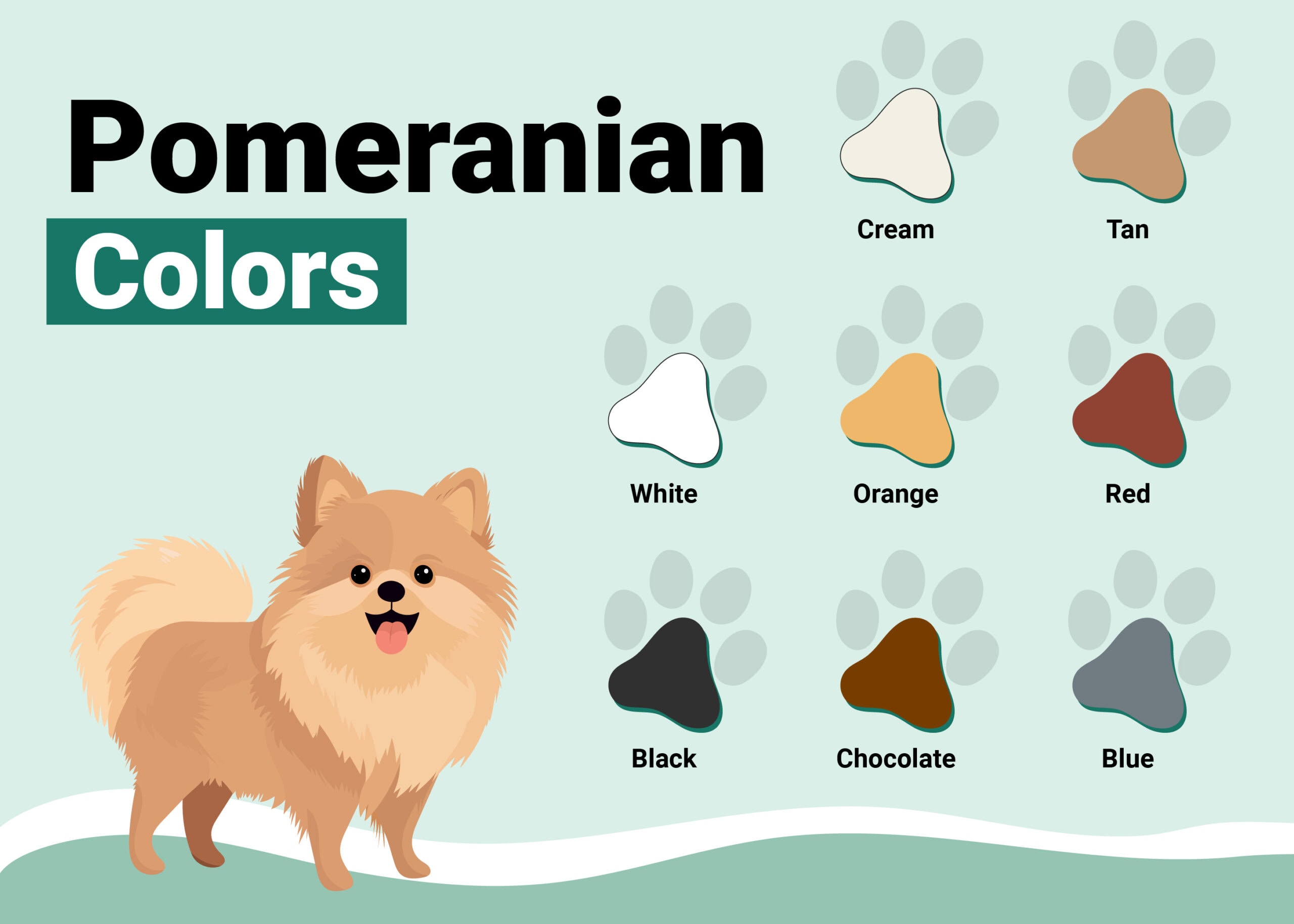
1. Cream

The cream coat can be described as looking like the light hue of honeycomb, with no white markings. They are typically born white, and their coat gets darker as they get older because of the harsher texture of guard hairs.
Cream Pomeranians are one of the most popular colors and may need extra grooming as this tone can easily appear on clothing and furniture.
2. Tan

The tan Pomeranian is another one of the most popular coat colors among owners and Pom lovers. They are also typically sold for cheaper because tan is a common color.
The tan color is a light hue with white markings on the chest and legs.
3. White

The white Pomeranian has no other markings or colors and is pure white. They are born white as puppies and stay the same color throughout their lives. They are white due to a lack of dark melanin pigment. Dogs lacking this pigment are usually considered albino and have pink noses or red eyes, but that is not the case with a white Pomeranian.
The white Pomeranian is rare because there are so many more dominant colors in the bloodline. To get a white Pomeranian, there must be no color in the genes for as far back as five generations.
4. Orange

Although Pomeranians are available in various colors, the orange coat is usually the one that comes to mind and is the most traditional Pomeranian color. Orange Pomeranians are often pale as puppies, and the coat darkens as the puppy gets older, eventually reaching a bright and beautiful orange hue. The orange coat can range from a very light orange to a deep, rich orange, and if you look closely, you may notice thin flecks of cream. The streaks of cream are not a secondary color; they are a normal element of the orange coat.
5. Red

The red Pomeranian can be described as a rusty, deep orange hue with a lighter cream hue on the chest. This color can often be confused with an orange Pomeranian, but both colors are among the most popular. In essence, the red Pomeranian has very dark orange fur, so it can easily get confused. Furthermore, the red Pomeranian almost always changes color when the coat changes from puppy to adult.
A red Pomeranian can’t be guaranteed, so that is something to keep in mind when finding a breeder. Avoid a breeder that makes any promise about getting you a red Pomeranian.
6. Black
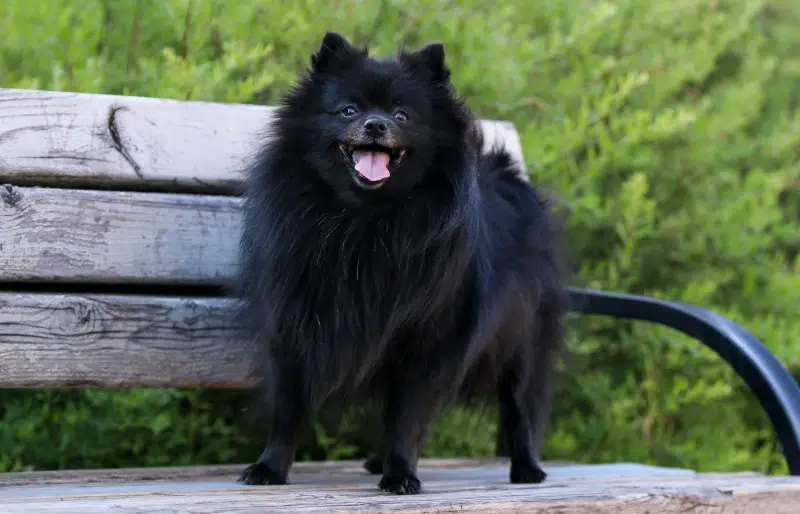
Black Pomeranians are the beauties of the Pomeranian world. A true black Pomeranian displays no other color on its body, and any other color that may feature on the coat of a black Pomeranian will be classed in its own color variation. The black hue is produced by the E Locus allele gene, which increases the production of black pigment.
Black Pomeranians need to be careful about sun exposure as it can gradually bleach their fur leading to a reddish brown coat.
7. Chocolate

A chocolate Pomeranian can vary in shades of rich brown, from milk chocolate to dark chocolate. You will know a chocolate Pom when you see one because its nose and pads are usually the same color.
The chocolate coat is caused by the black-producing pigment that will darken a dog’s coat, but it is diluted in the mutation resulting in the chocolate color.
8. Blue
https://www.instagram.com/p/CJGxn_PFreP/?utm_source=ig_web_copy_link
The blue Pomeranian is born with a beautiful gray-silver coat that includes dark gray guard hair with blue undertones. This color variation is bred from two parents that are solid-colored and carry the dilute gene. The blue Pomeranian is rare but recognized by the American Kennel club.
Sadly, this beautiful coat variation is associated with health issues because of the potential for color dilution alopecia, resulting in dry skin and hair loss.

9. Beaver
The Beaver Pomeranian is typically light to dark brown, once known as biscuit, and is often confused with chocolate and cream coats. However, they can be distinguished by their skin pigmentation as their lips, nose, rims of the eyes, and paw pads are all a hue of beige brown, and their eyes are hazel. If there are any black markings on the coat, the dog is not considered a beaver.
The beaver coat is also produced due to the dilute gene mutation, so it is also at risk of dilute gene mutation.
10. Black and Tan

The black and tan variety of Pomeranians is a combination of black and tan hues. Their coats are often black with tan chests and legs.
The black and tan Pomeranian also has signature tan spots above its eyes, which resembles eyebrows, much like the coloring of a Rottweiler.
11. Chocolate and Tan
The chocolate and tan Pomeranian is like the black and tan version but with mostly a chocolate coat and tan chest and legs. This color combination can be rare, but if you can find one, the vivid combination is beautiful.
12. Parti

A parti Pomeranian coat is essentially a coat that includes more than one color of hair throughout the coat. It is mostly white with colored patches of hair, which can be colored within the Pomeranian color palette. The pigmentation of their eyes, lips, and nose will typically match their colored patches.
13. Tricolor

A tricolor Pomeranian has the same color markings as a black and tan Pom with the addition of white. This variation can be displayed in a variety of ways which include some that are mostly dark, mostly white, or a combination of all three, which means that every tri-colored Pomeranian will be unique. They also include the tan dot eyebrows of the black and tan that add to their mischievous expression.
14. Sable

Sable is more of a pattern than a color, but we will include it here anyway since it affects the color of the coat. The term sable refers to dark tips on each hair of the coat, and the pattern can be found on just about any color base coat. The tips can be black, dark chocolate, or orange, and they are usually along the back. Some sable patterns may be very subtle, or they can be thick and visible. Again, this color pattern can mean that each Pomeranian that sports it will be unique.
15. Merle
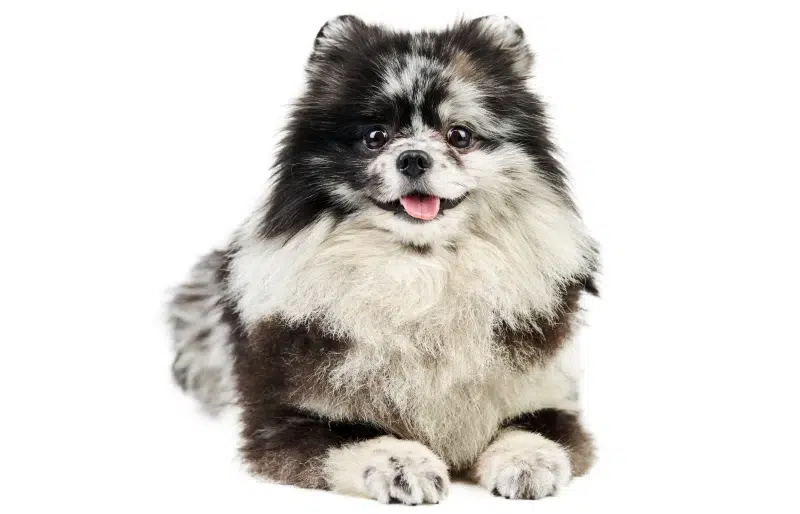
Merle is a color pattern that affects the nose, eyes, and coat coloring. The merle patterning is typically a red-brown or black base coat with light blue/gray or red mottled patches, but it can appear on any base color of a Pomeranian.
Merle Pomeranians are a more recent variety within the breed but are still a recognized breed color.
16. Brindle

A brindle Pomeranian will have a solid base coat color with striped overlays. The base coat can be any color and will include strong black stripes. The stripes can be narrow or wide and stretch across the whole width of the body or only part of it. The stripes may also appear broken on an adult coat.
Brindle is one of the rarest varieties in the Pomeranian color spectrum.

Choosing A Color
Choosing a color can be overwhelming as they are all so gorgeous and fascinating in their own way. However, there is more to consider than just what Pomeranian coat colors you think look best.
The majority of the colors available are generally healthy, but the variety that includes diluted colors is at risk for health problems due to the color mutation gene, which causes dry skin and hair loss.
Different variants may vary in cost due depending on how rare and popular they are. Traditional colors such as cream and orange may be cheaper than rare colors such as black and white and blue, which can almost double in price.

Summing Up
There you have it, the fascinating color spectrum of the Pomeranian. It is amazing how many colors and patterns are available and how their genes come into play. Choosing which color Pomeranian you would like should take some consideration as some varieties with the color mutation gene may be at risk for health problems, and some rarer colors may be more costly. It is also important to keep these factors in mind when looking for breeders. A breeder that promises you anything that can’t be guaranteed generally can’t be trusted.
Related Reads:
- Essential Pomeranian Supplies to Get You Started
- Fox Face Pomeranian: Info, Pictures, Origin & History
Featured Image Credit: life_is_beautiful, Pixabay




